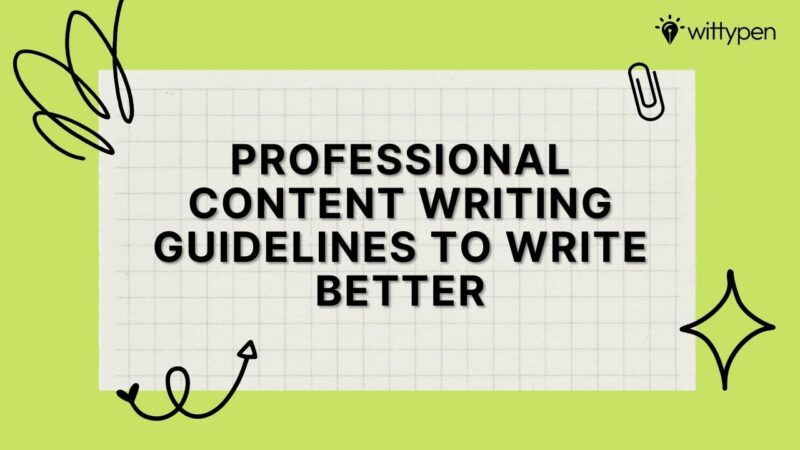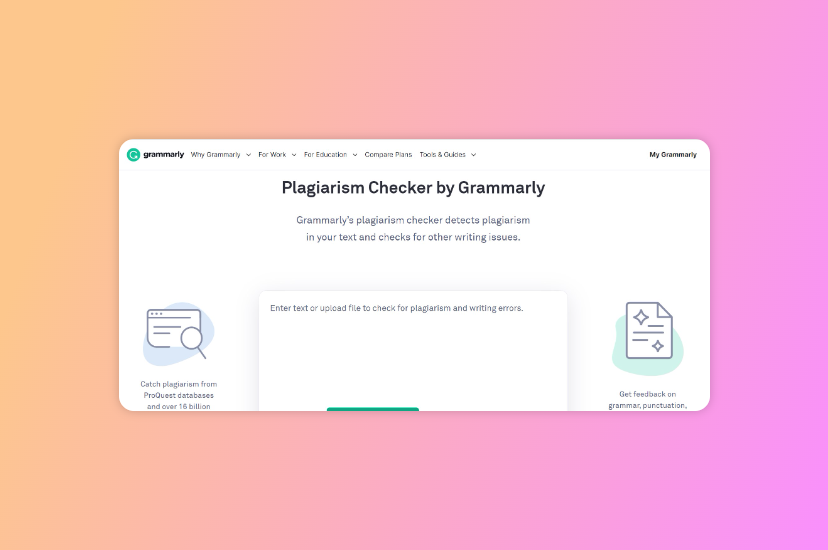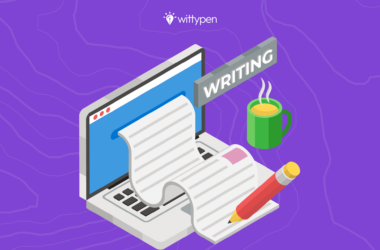Last updated on July 11th, 2023
As the name suggests, this is supposed to be some kind of content writing guidelines doc. To be honest, yes it is. But we won’t discuss the mechanical process here.
Let’s start our discussion with a question:- Why do you write? Wait! Think for three such reasons. Done? Great. Does any of these three reasons involve ‘love’ or ‘passion’ for writing?
For me, it does. The history of the word ‘passion’ reveals that the original meaning of the term is to suffer. To suffer willfully, suffer intentionally, and suffer because you know it would lead to something bigger. Passion is to suffer for a thing, most of us would find entirely senseless.
Writing is time-consuming, writing is tiresome, and writing quality content takes a lot of your social and personal time, still, you are willing to suffer for it.
Why? Well, I will let you fill in your own answer to this question. Since you have decided to suffer voluntarily, let’s discuss some ground rules which would make the journey of content creation pleasant and directed to the goal.
Content Writing Guidelines at Wittypen
Here are a few things to keep in mind, while creating content for WittyPen:-
Research the Topic Thoroughly
You know your writing and you know your domain well. Still, in this ever-changing and ever-growing world, it’s great to try to learn and pay attention to new things. Even if you know the topic well, you should read a lot about that.
We have gathered some sample website content pieces at Wittypen, and I find this to be one of the best examples of website content writing. In this article, the writer has discussed the technicalities, features, and products developed with the help of blockchain in much detail. To be able to write such a detailed article, you need thorough research.
Work on the Subheadings/Secondary Keywords as well
Knowing about the main topic is not enough. You can break it into parts and see if you understand each of its parts well. If not, work on those as well. It will provide you with a great amount of content before you start writing.
Take every subheading as a subject in itself and work to get the most relevant information. In an ideal website content writing template, relevant sub-headings make the most important part. Subheadings help the reader to scan through the article, and if they aren’t relevant, interesting, and catchy, the reader is going to skip them.
For example- You have decided to write on non-banking financial institutions. Divide the subject into their scope, their definitions, their requirements, their legal stature, their benefits, and their disadvantages. Try to take each of these topics as a complete topic in itself, read about them, and then start writing.
This approach would be helpful in the longer run. Another important thing is keyword research is another thing that you should be concerned about at this stage. While scanning through the numerous sources on the internet, try to analyze the type of questions these blog posts are trying to answer.
This analysis will give essential information on primary and secondary keywords. Once you are done with keyword research, the question arises how many times should you use the keywords? According to the recent SEO guidelines, it should be around 1%, and more focus should be given to the quality of the content.
Avoid Plagiarism at Any Cost
Do not use someone else’s content in your name. Read any SEO content writing guidelines resource, plagiarism is not even fruitful for SEO purposes. The search engines index any original content only a single time, and if the same content is fetched before the search engines bot, it ignores it completely and even punishes and prevents them from ranking in their searches.
The fact doesn’t contradict your getting information from various sources. You are free and even encouraged to go through various sources of information to get the important details, crucial facts, and accurate data.
The best way to avoid plagiarism is to read a lot about the topic, make a list around which your draft revolves, define a structure, and start writing on your own. If you plan to include data, please keep them in your first rough structure of the draft.
Provide the Links
If you plan to include data/images/video/stats; do not forget to provide the sources right there. If you are quoting someone, please don’t forget to mention the person or the organization. If you could please, mention the reference blogs as well, where you collected the information from, for your draft.
Make sure You Understand the Writing Style Needed for the Draft
Not every article follows the same style of writing. It can be ‘interactive/descriptive/narrative’ or some other writing style. And how do you do that? Well, by analyzing the target audience. Target audience is of utmost importance, and you cannot miss on that. Do not take even a single step ahead with the content without understanding the target audience.
Mind the ‘Person’
Before starting to write, make sure to learn if the draft needs to be written from the point of view of the first/second/third person. Most of the time, you would be writing in an interactive way by directly addressing the reader but sometimes you may be needed to write in a narrative way from the point of view of the first person. Sometimes it can be a third person.
Avoid Clichés
Cliches are boring, and even if it is necessary to include a fact that is already known by the entire world (which we often do); make it interesting. You are a writer; you are creative; find a way to do that every single time.
Mind the UK/US English
It can make a huge difference sometimes. According to the client’s needs, and the target audience you may have to improvise in your writing and spelling. It’s not something scary, just a little caution is required to be able to do that.
Grammar
A grammatically correct piece is always a treat to read. A word misspelled here, or a verb used in the wrong context takes the attention away from the content of the piece and keeps it centered around that little error. Make sure, you don’t make many(any).
Opening Matters
A point about the openings at the bottom. However, it doesn’t lessen the importance of an impactful opening. Make it introductory, make it informative, make it solid, connect with the audience at once and keep it interesting. With a great opening, you make a promise to the reader that the content is going to be worth his/her time and get the reader’s faith and attention.
Also Read: Improve Your Writing Skills With The Ultimate Cheat Sheet
Be Open to ‘Feedback’
The whole description would be provided to you about the project while introducing it to you, and you are always welcome to ask. We don’t claim to be perfect, but we will try our best to provide you with the best form of information and resources for the project.
Despite such an interactive channel, if there remains anything in your final submission to us, or by us to the client, which needs to be fixed; we would let you know about it. It is simply not a question mark on your writing abilities or the knowledge of the domain; it simply is a question of requirement.
Summing Up
Website content writing is an ever-evolving process and you need to adapt to the changes going on in the industry. We tried to help you with this content writing guidelines article and we’ll continue doing so in the future as well, but to be fair as a freelance content writer, you always need to observe, learn, and adapt.










